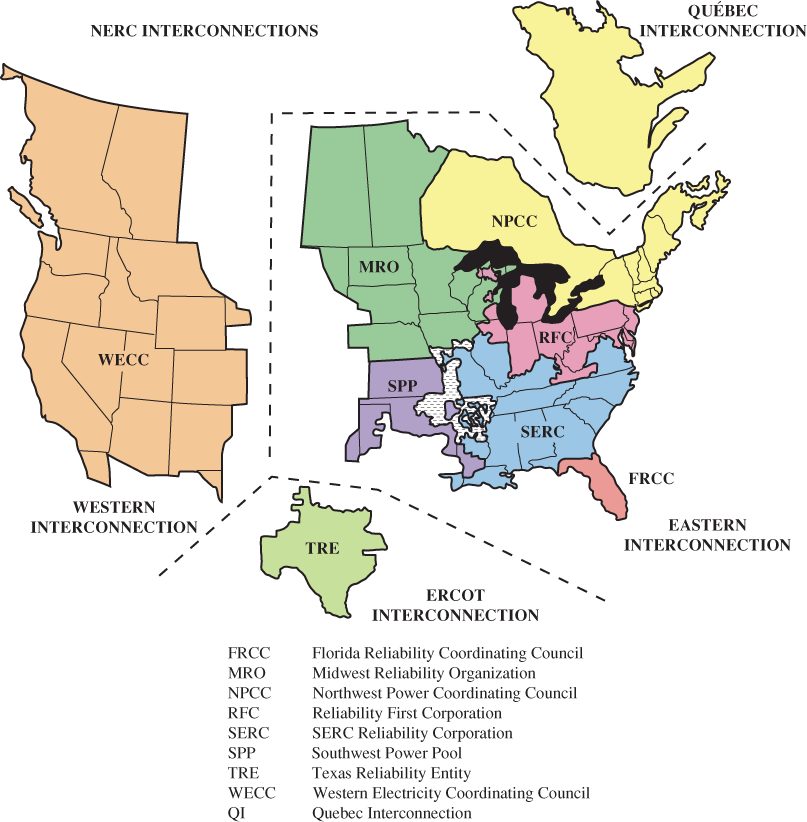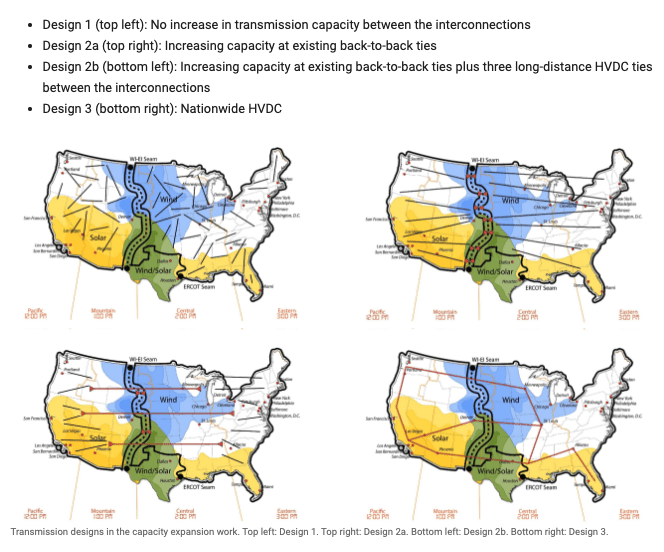When it comes to ensuring a 100% renewable energy future in Northwest Washington, there’s no silver bullet solution. Achieving the climate goals that our region and state have set out to achieve is going to take multiple tactics and policies brought online very quickly to address the urgency of the climate crisis.
In addition to electrifying just about everything we can (we call that decarbonization) and securing funding for clean energy, we’re also going to need to bring A LOT more renewable energy online. Why? So that in time, everything we’re electrifying is run entirely on clean, renewable energy and not fossil fuels.
But adding more renewable energy into our electricity grid isn’t as simple as just building more wind turbines and solar farms. The U.S. grid was built around fossil fuel power and sort of hodge-podged together over the last 200 years. Power plants were built close to major towns and cities where energy could be easily delivered where it was needed in the greatest concentrations. Initially, power companies owned everything from the power they produced to the transmission lines and outlets where the consumer plugged an appliance in (this is called vertical integration and has since undergone regulation through the Federal Energy Regulatory Commission – but that’s a story for another time). Over time, what we ended up with were basically three U.S. electricity grids: the Western Interconnection (hey, that’s us!), the ERCOT Interconnection (which is basically just Texas — again, a story for another day), and the Eastern Interconnection.

We Need Energy Grid Connections
By and large, these three grids don’t connect with each other and don’t send power to one another. This is a problem for a lot of reasons, but it’s an especially big issue when it comes to renewable energy. The places in the U.S. that can produce a lot of wind and solar energy tend to be pretty far from metropolitan areas that have the highest energy demand, and because you can’t transport a bunch of sunlight and wind in a railcar or pipeline the way you can with coal and oil (a pretty dangerous affair, by the way), it’s tough to integrate renewable energy into our fossil-fuel centric grid efficiently.
But there’s a pretty simple solution to get all of that wind and sunshine into the grid: build long transmission lines (known as high-voltage direct current, or HVDC) and connect our three grid system into one big happy grid family.

Groups like the National Renewable Energy Laboratory are nearly certain we can do it — and even MAKE money. Which is important because all of those scenarios the U.S. has set to cut our greenhouse gas emissions to zero relies on us eventually creating a national grid.
Let’s Build Transmission
If the solution is so simple, you might be asking yourself, then what’s the holdup? Because this grid system is so messy, we’ve gotten ourselves into a bit of a pickle. Renewable energy developers are nervous about building new renewable energy capacity not knowing if they’re going to be on the financial hook for building these expensive new HVDC lines, and transmission developers are worried about building expensive new HVDC lines not knowing if there will be demand to fill their lines. In fact, there’s a bit of a backup in renewable energy right now with quite a bit of energy being created but having nowhere to go.
This is all to say, the federal government has a crucial role to play in these big, interstate energy transmission projects. But when it comes to these rad HVDC transmission lines, states control the process. And if you haven’t been paying attention to the news lately, let’s just say that getting all of the states to agree to do a thing together has been…impossible.
The main takeaway here? We need to build more renewable capacity and then we need to share that sweet sunshiney love around. While it might seem counterproductive to work to bring more renewables online right here in Northwest Washington knowing energy transmission is still a bit of a conundrum, we know that local action sets an example for what’s possible while directly benefiting the local community. Our work in this region can be the catalyst to create nationwide change.
Check out more local solutions in part 2 of this blog series!
